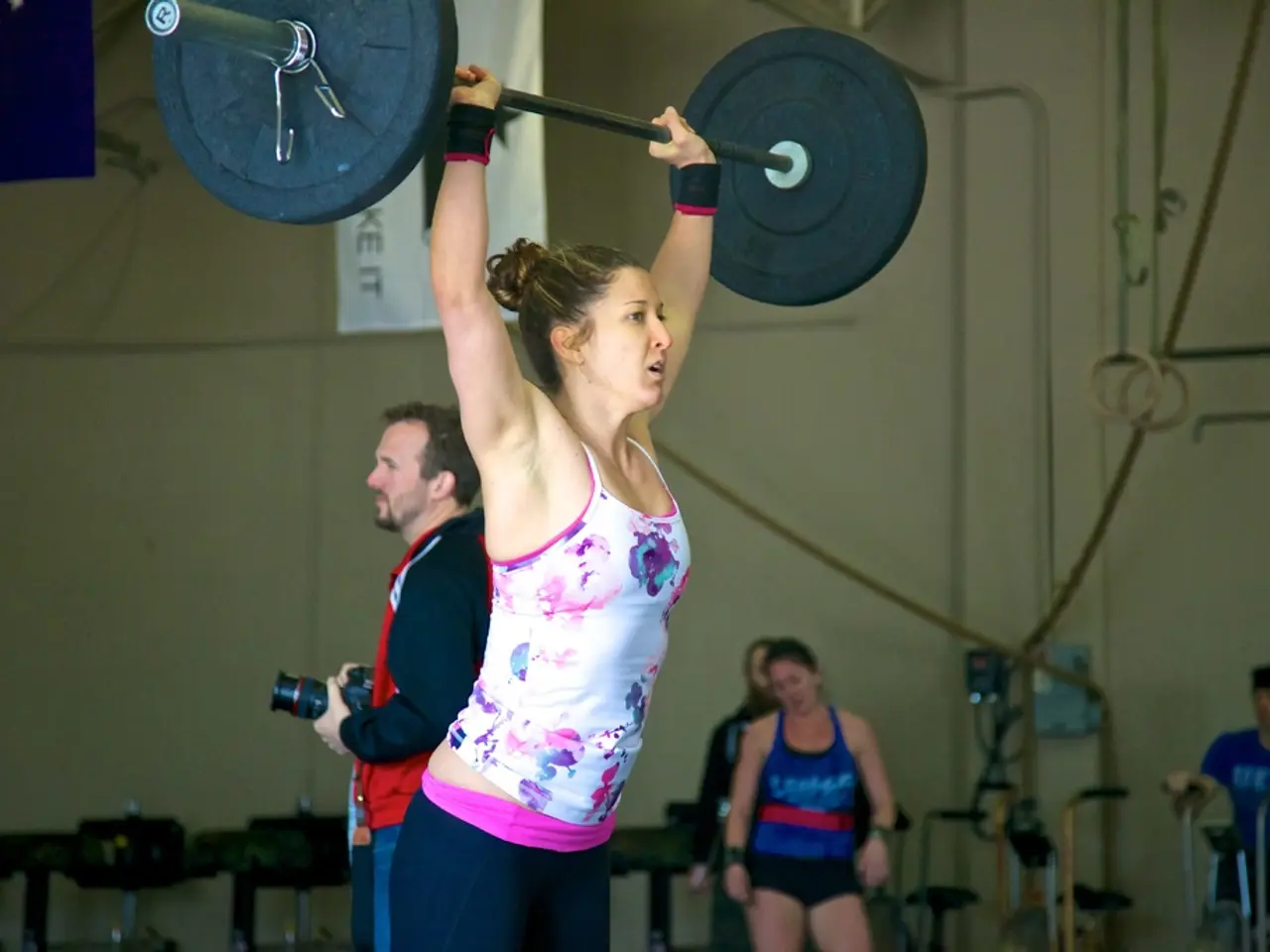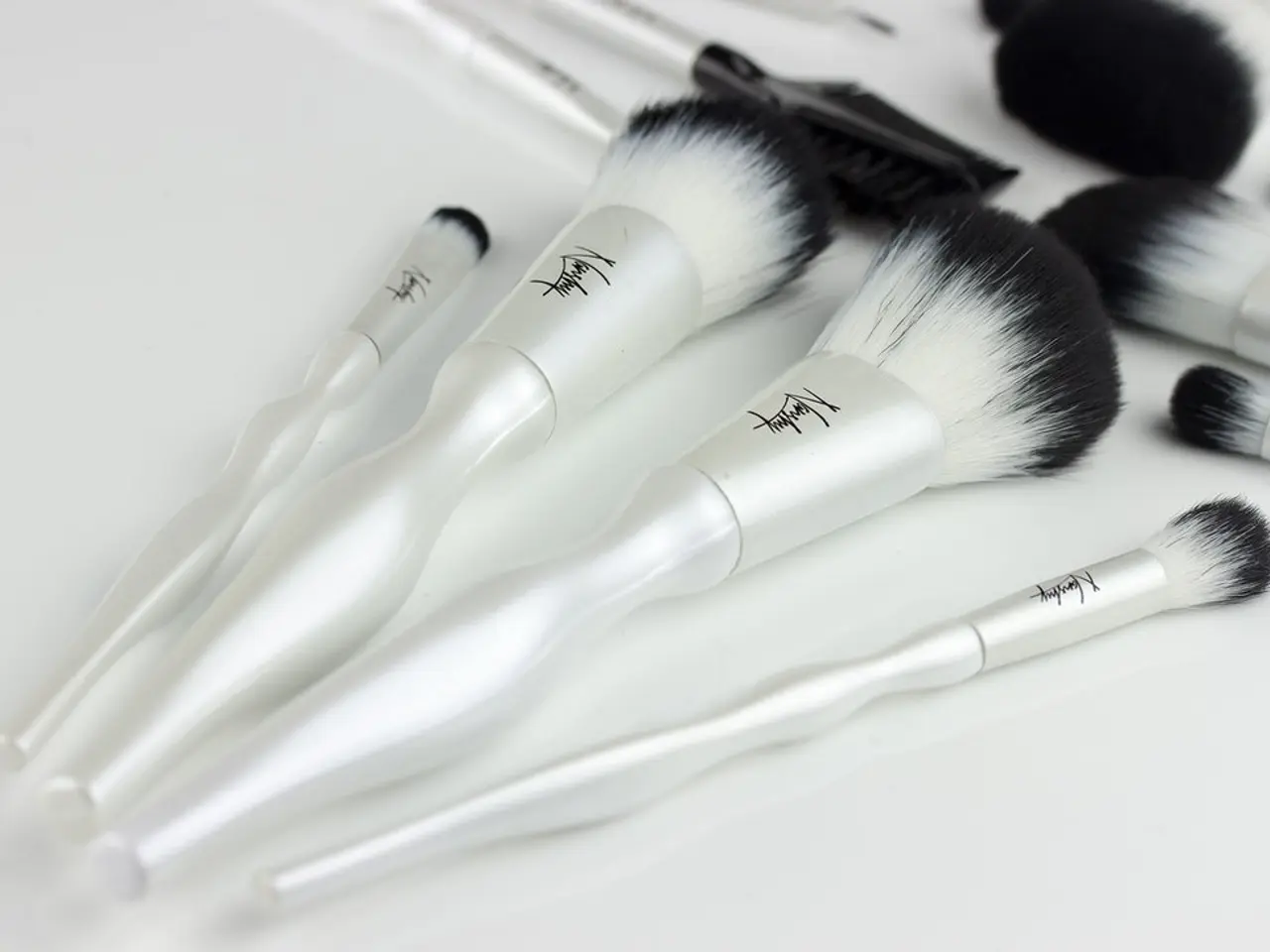Exercise Aids in Reducing Blood Pressure and Suggests 8 Engaging Workouts to Experience
For individuals seeking to manage high blood pressure, incorporating regular exercise into their daily routine can yield significant benefits. This article offers a guide to the best exercises for lowering blood pressure, focusing on aerobic activities and isometric training.
**Recommended Exercises:**
1. **Aerobic exercise (Cardio):** Brisk walking, jogging, swimming, cycling, and dancing are all excellent options. These exercises increase your heart rate moderately, improving heart muscle strength and enhancing blood circulation, ultimately reducing blood pressure over time [1][2][4].
2. **Isometric training:** Exercises like planks, wall sits, and handgrip squeezing can also lower blood pressure by improving vascular health and muscle strength without joint movement [4].
3. **Uphill walking and stair climbing:** Even short periods (5 minutes a day) can significantly reduce blood pressure. Increasing this to about 20-27 minutes daily yields even greater benefits, including up to a 28% reduction in cardiovascular disease risk [3].
**Additional Recommendations:**
- Aim for **at least 150 minutes of moderate-intensity aerobic activity per week**, as recommended by the American Heart Association. - Combining aerobic exercise with strength and isometric training can optimize blood pressure control. - Avoid sedentary behaviors to maximize benefits.
**Benefits:**
- Aerobic exercise strengthens the heart muscle, enabling it to pump blood more efficiently. - It reduces the risk of heart disease, stroke, and other complications linked to high blood pressure. - Regular exercise helps manage blood pressure naturally, even with a small amount of daily physical activity [2][3][4].
**Other Effective Exercises:**
- Hiking can help lower blood pressure, with beginner trails being a good starting point. - Running or jogging can help lower blood pressure, and the talk test can be used to ensure an appropriate pace. - Brisk walking, cycling, dancing, gardening, hiking, running or jogging, and swimming are all effective exercises for lowering blood pressure.
**Starting an Exercise Routine:**
If starting an exercise routine, 10-minute increments can be used. Remember, consistency is key, and it may take one to three months before noticing a difference in blood pressure.
**Safety Measures:**
- It's important to talk to a doctor before starting any form of exercise, especially for individuals with high blood pressure who may be on medications. - Be mindful of breathing during exercise, avoiding holding breath or the Valsalva maneuver. - The pursed-lip breathing method can help lower blood pressure after working out. - Warming up and cooling down before and after exercise can help avoid drastic changes in blood pressure.
In summary, a combination of regular moderate aerobic exercises like brisk walking, swimming, jogging, and cycling, complemented by isometric strength exercises, is the most effective approach for lowering and maintaining healthy blood pressure, and keeping the heart healthy [1][2][3][4].
Incorporating science-backed health-and-wellness practices into one's lifestyle, such as regular fitness-and-exercise routines and medical-condition-focused strategies, can significantly contribute to cardiovascular-health improvement. Aerobic exercises like brisk walking, jogging, swimming, cycling, and dancing are recommended, as they enhance heart muscle strength and improve blood circulation over time, reducing high blood pressure [1][2][4]. Additionally, isometric training exercises, such as planks, wall sits, and handgrip squeezing, can help lower blood pressure by improving vascular health and muscle strength without joint movement [4].




